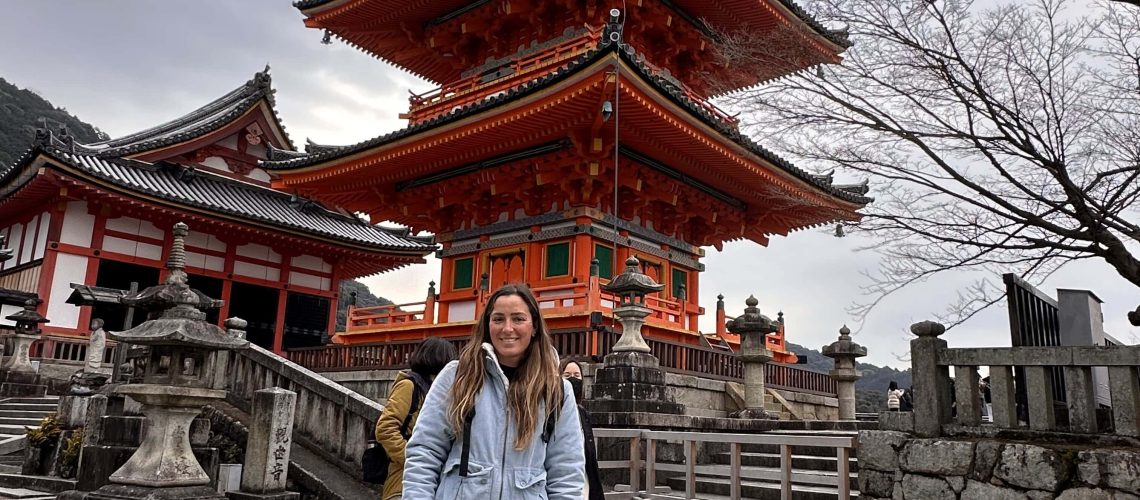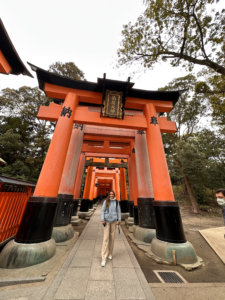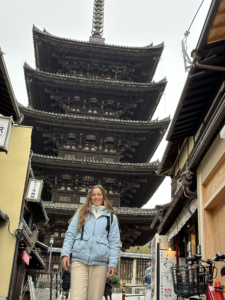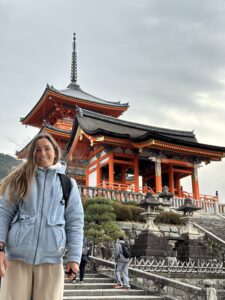-
My trip to Japan is, to this day, my second favorite trip of my life (the first one was to Mauritius Island, you can read the article I wrote about it here). I loved what I saw, how clean and well-maintained the country was, the food…
I went to Japan during a work trip for iQFOiL. In the past year, I have been working with them, managing their online communication for their events, and this time, I had to go to Miyakojima, Japan for the second “iQFOiL International Games” of the year. If you’re still unsure what I do besides being a professional athlete, you can find out more here. In any case, since you’re here to find out what’s cool about Japan, let’s get down to business:
Tokyo felt like a super safe city to me, whether it was day or night. I never felt like I was in danger, and I can assure you that I have some experience with traveling (but please, don’t be the typical clueless tourist and be careless). The streets are so incredibly clean, you could almost eat off the ground. You won’t find trash bins practically anywhere, you have to take your trash back to your home or hotel and recycle it there. You also won’t see chewing gum on the ground (I think it’s not well seen to chew gum in this country), and nobody eats or talks on the phone while walking… Face masks are a common sight there (at least when I was there), everyone still wears them everywhere. I don’t think it’s mandatory, but due to culture and etiquette, people continue to wear them.
The streets in the city center are very noisy, with speakers playing music, and some stores have their own music playing towards the street… So there’s quite a mix of sounds going on. To my surprise, I found very few cars (considering how huge the city is), and public transportation reigns in Tokyo (cars in Japan are not like in Europe, they almost look like toys, hehe).
Not many people in Tokyo spoke English, so be prepared with some basic words and phrases that you think you’ll need, or get a SIM card to have the translator always ready on your phone.
Hello = Konnichiwa
Thank you = Arigato gozaimas
Good morning = Ohayo gozaimas
Please = Kudasai and/or onegaishimas
(I’m not sure if it’s written like this, but it’s pronounced this way)
The menus in restaurants are rarely in English, so the same thing, with Google Translate, you can open the camera and it translates it for you instantly, it was crucial for me on this trip.
In my point of view, Kyoto is a must-visit. Don’t just go to Tokyo, I promise you won’t regret it, and if you don’t go, you’ll regret it for the rest of your life. I went alone and didn’t feel strange at any moment, as apparently, solo living is very normal in Tokyo… Even the restaurants are prepared for solo diners with dividers for a bit of privacy.
Flying to Tokyo
My route was:
Fuerteventura – Frankfurt – Tokyo Tokyo – Miyakojima
I used the Star Alliance flight alliance (in case you want to get a card to earn some points before flying). I flew with ANA (All Nippon Airways), and although the direct flight is quite long, 14 hours to go and almost 16 hours to return, at least it’s a direct flight from Frankfurt to Tokyo and you don’t have to make multiple layovers. Like all mega long flights, there is food and snacks between meals. For the outbound flight, I had to spend a night in Frankfurt at a hotel near the airport that had a shuttle bus for 5€ to take me to the airport.
As for the price… I won’t lie, my company paid for the ticket, so I have no idea about it.
To go to Miyakojima, the flight lasted about 3 hours, like going from the Canary Islands to the mainland almost. There is no food on that plane, so make sure to eat something before flying. However, the flight attendants will come by with a selection of juices, soup, and water.
WHERE TO STAY
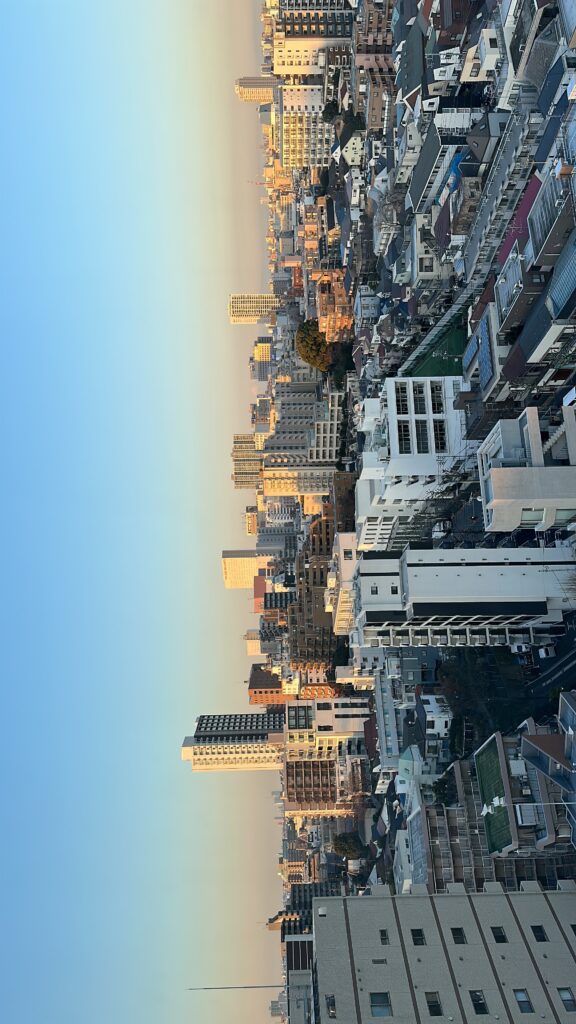

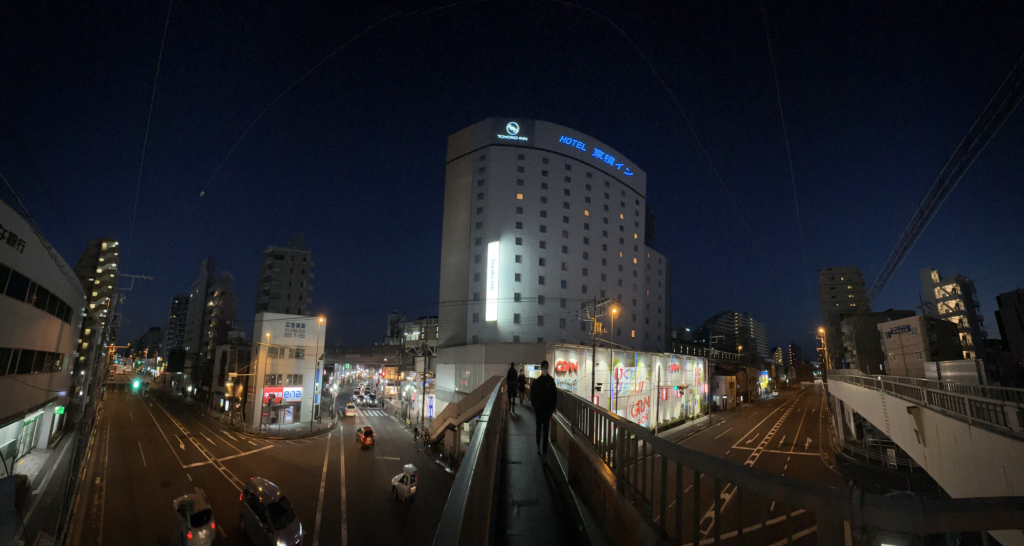
When I started looking for a place to stay during my week-long vacation in Tokyo, I used the Booking app (this is not an advertisement, I wish it was, hehe). And for me, these 5 things were important:
- That it was close to the center of Tokyo.
- That it was close to a train/subway station (since I knew that would be my preferred method of transportation).
- That it had views (many people had told me that hotel rooms in Tokyo are very small, and if I was going to have a small room, I at least wanted it to have views so I wouldn’t feel cramped).
- Price. I didn’t want a 5-star hotel, but I wanted my own bathroom and a decent bed.
- That breakfast was included (mostly for convenience, and to save me from having to search for a breakfast spot every day).
I was lucky to find a hotel… with views of Mount Fuji! This wasn’t mentioned in the hotel description nor did I know about it when making the reservation, it was pure coincidence, and I actually only saw it on the last day because the other days were cloudy.
Other than that, the hotel was quite decent, the room was compact but perfect for just me (perhaps a bit tight for two people with luggage). I asked to be placed on the highest floor of the hotel (14th floor), and I had views of the entire neighborhood where it was located, which I really enjoyed. As for breakfast… well, if you’re not an adventurous eater, it’s better not to order it. I had seaweed, various types of vegetables I had never tried before (and I travel a lot), and some unique soups… So if you like to experiment and experience a Japanese breakfast, this is the place for you.
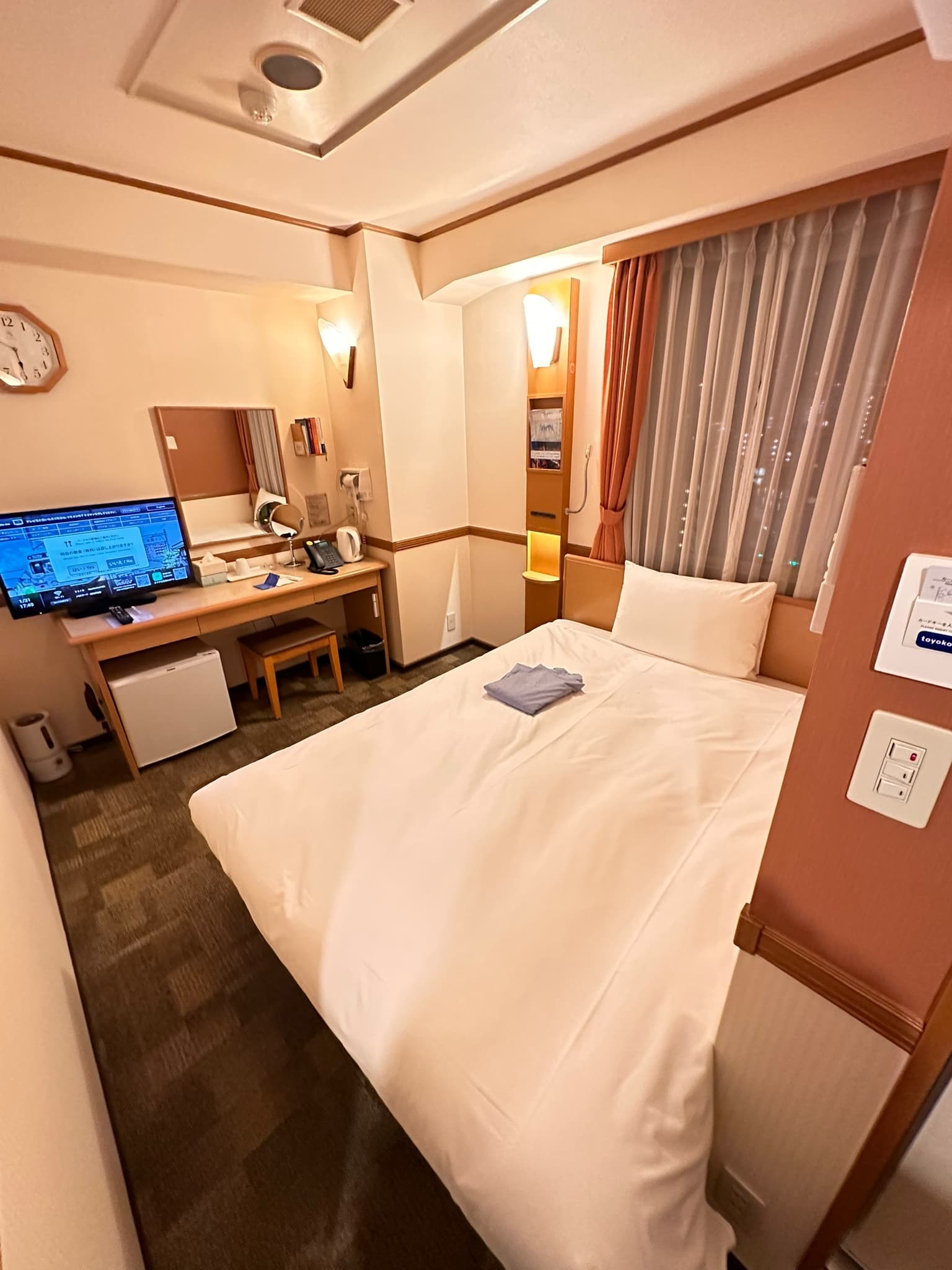
El precio estaba ok, por 6 noches con desayuno pagué 48.000 yenes Japoneses que son 330€ aproximadamente, a 55€ la noche. El centro me quedaba a 20 minutos y el hotel está justo encima de Oymachi Station (la única razón por la que hubiera elegido otro hotel de la misma cadena es porque mi estación de tren era “Keikyu” y, desde mi punto de vista, para moverse por Tokyo es mejor las estaciones “JR”, ahora en el siguiente punto les explico por qué.
MOVING AROUND TOKIO
Pro tip: If you plan to travel to other cities outside of Tokyo and are considering taking the famous Shinkansen, it’s highly recommended to get the “Japan Rail Pass”.
The Japan Rail Pass is like an all-you-can-ride ticket for traveling throughout Japan with the JR (Japan Railways) trains (similar to Renfe and the metro, which are two different tickets in Spain). It can be purchased online before your trip or at the tourist information center in the main station of Tokyo. If your hotel is near a JR station in Tokyo, you can start using your Rail Pass to move around "for free" with your ticket. A 7-day Rail Pass costs around 200€, so it's worth doing the math. For me, it was a great deal as I traveled back and forth to Kyoto and several other places during my trip.
The truth is that the trains, subways, and high-speed trains are amazing in Japan. They are ridiculously punctual, and if they are delayed by even one minute, the reason for the delay and the new arrival time is displayed on the screen. All trains run with high frequency, so you don’t have to wait long to move from one place to another. If you miss a train, another one usually arrives within 10 minutes at most.
Tip: Google Maps works great, but it won’t tell you which routes you can take with the Japan Rail Pass (JRP) specifically; it will show you all options. Download the free app “Japan Travel for Foreigners Visiting Japan” and you can filter your preferences, such as “JR trains only,” “buses only,” etc. I used both apps to get an idea of the best route without having to pay extra (sometimes you think you’re going to a JR station, but it turns out to be another line and you end up paying extra).
The stations are like a disco, with video game music and bird sounds, and the PA system is always booming, it’s a spectacle. They are well-signposted with signs in Japanese/English… I got lost only twice out of around 40 trips I took 🙂 I also used buses, as they are included in the JRP. Just like the trains, they are super punctual, and if they are delayed, the reason and new arrival time are specified. It’s another great option for getting around the city, although I personally preferred the trains.
WHAT TO SEE IN TOKYO
To find the exact locations, you can simply input the names in Google Maps, and it will automatically show you the results.
- Shibuya Crossing
- Akihabara (technology district)
- Shinjuku (fashion and small shops)
- Harajuku (luxury district, if I remember correctly)
- Yoyogi Park
- Senso-ji Temple (with numerous food and souvenir stalls)
- Don Quijote (a large store similar to a Chinese market or Amazon)
- TeamLab Planets Tokyo
- Imperial Palace Garden
- Kotoku-in (Buddha statue in Kamakura)
- Mount Fuji (I went on an excursion, but I do not recommend it, haha)
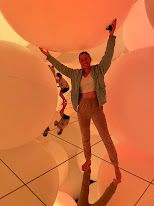
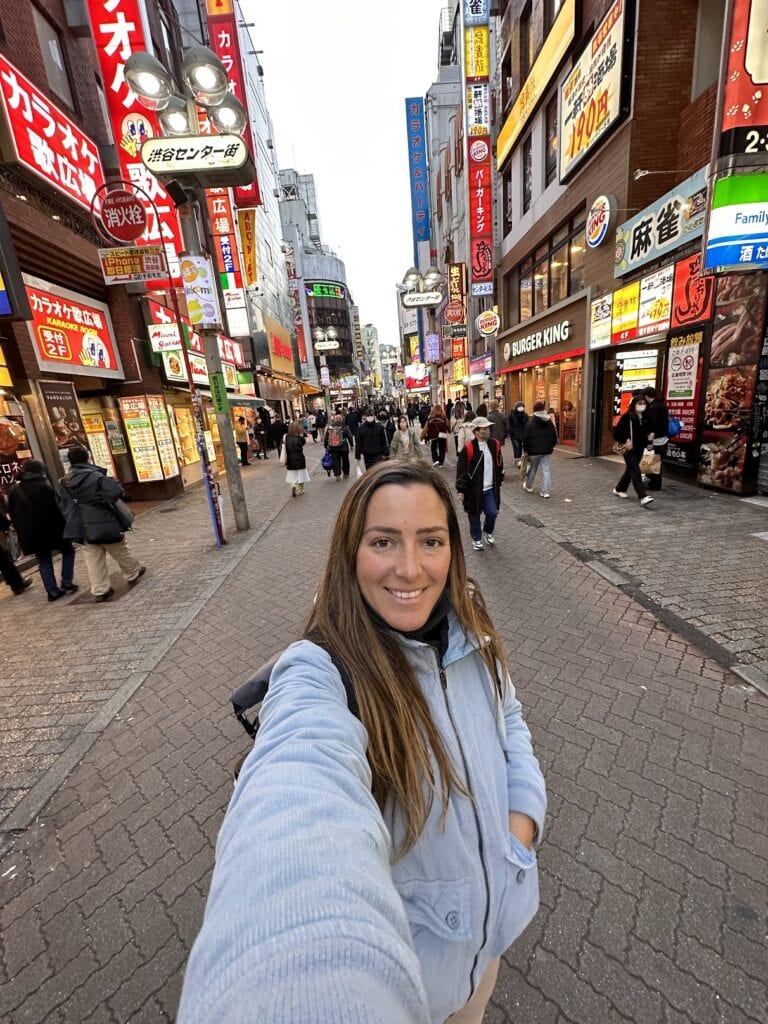
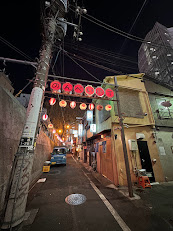
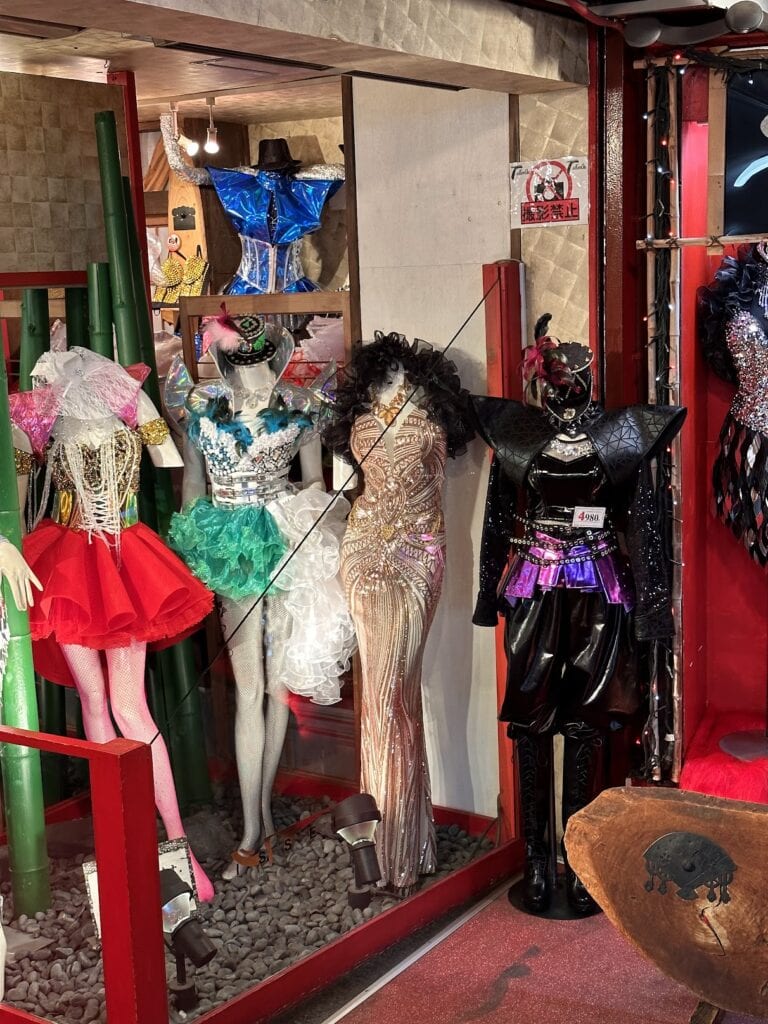
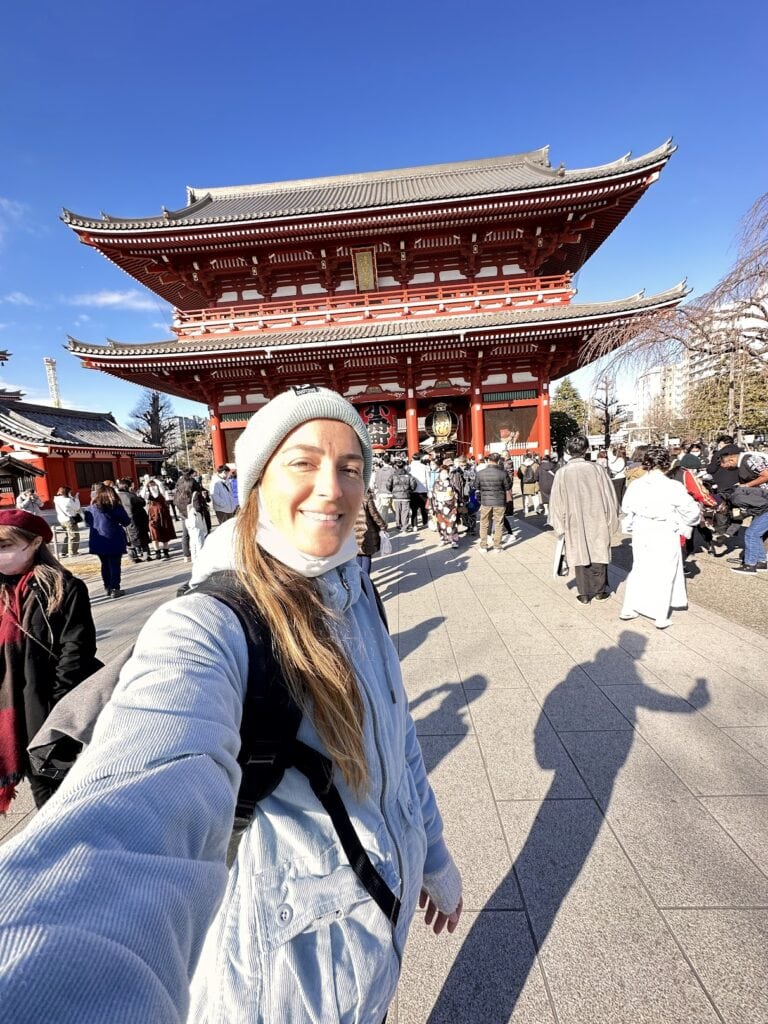

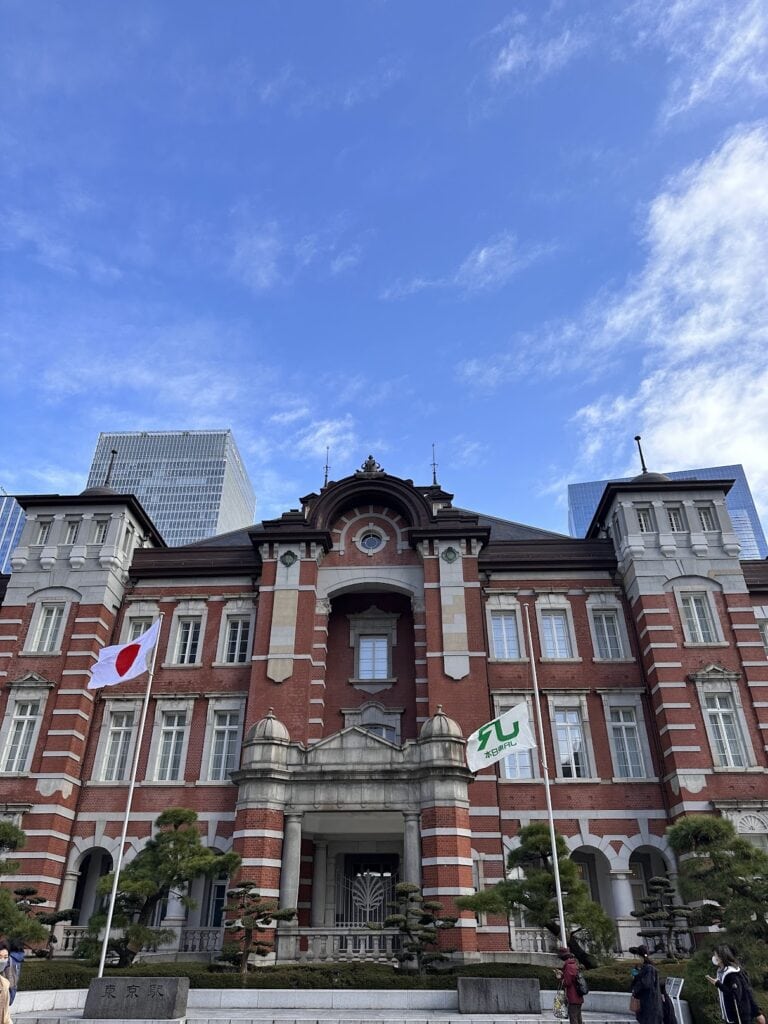
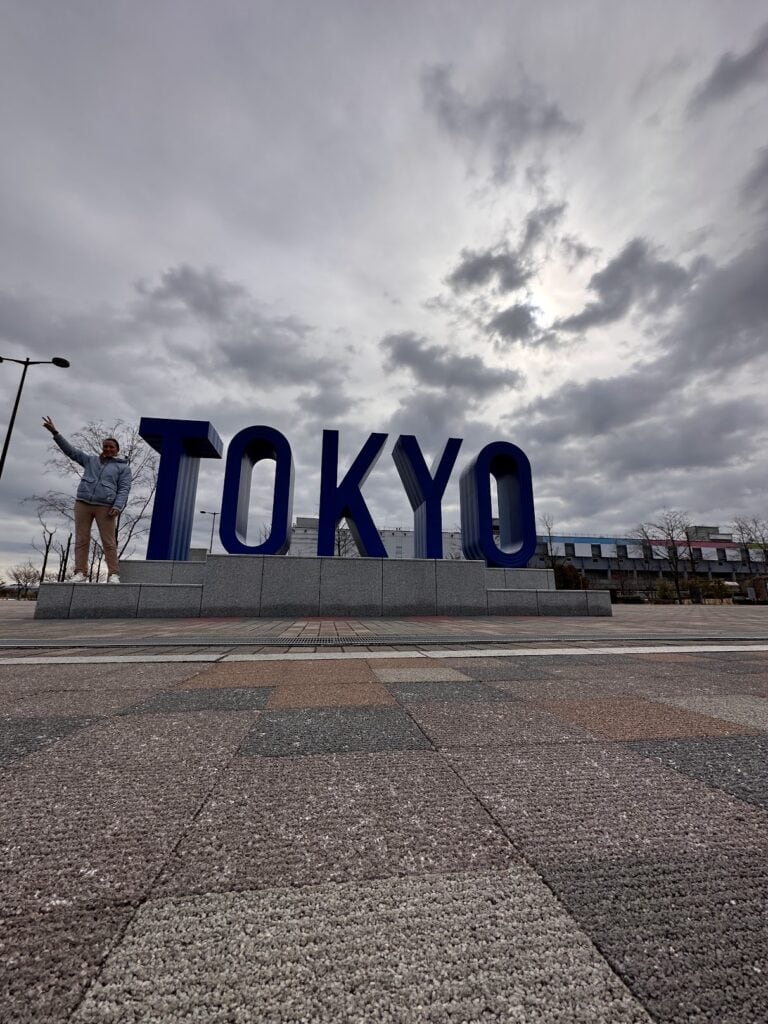
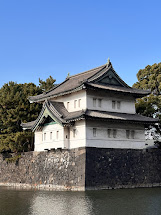
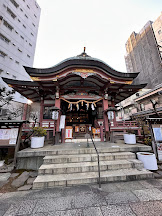
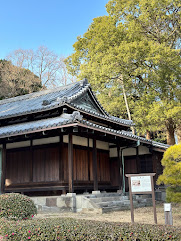
WHAT AND WHERE TO EAT
As I was told, the best thing to do is to get lost in the alleys and discover hidden gems along the way. In any case, here’s a great tip: at Seven-Eleven and other convenience stores, you can find a lot of delicious and affordable prepared food, which can be a quick and convenient option when you don’t want to sit down for a meal.
Here are some dishes that I recommend:
- Japanese Beef: I had it twice at the same place because it was so delicious that I had to have it again:
- Ramen: You can’t come to Japan and not try it…
- Monja: A typical dish from Tokyo, which is grilled vegetables with your choice of toppings, there are specialized places for it!
- Sushi: Even the one from the supermarket is delicious.
- Takoyaki: Yum!
- Various desserts: I think Japan is the king of sweets, with all kinds of desserts and ice creams.
- Omurice: Omelette over rice with a special sauce, a classic but tasty dish.
KYOTO: MOVING AROUND
Kyoto is a must-visit. You can’t go to Japan without seeing Kyoto. You kick a stone and an incredible mega temple pops up… I was blown away by everything and I highly recommend it 200%.
To get to Kyoto, I took the Shinkansen (you don’t buy a ticket, you simply pass your Japan Rail Pass through the machine). It’s super fast, has Japanese outlets to charge your devices (I recommend getting a gadget with outlets for all countries or a Japanese USB adapter so you can charge your gadgets, some 7-Eleven stores sell them), and it’s super quiet. The frequency of trains covering this distance is insane, I don’t know if a mega-fast train comes every 20 minutes… So you have many, many schedules to choose from, it’s crazy!
But be careful! There are 3 Shinkansen trains that go from Tokyo to Kyoto: Hikari, Nozomi, and Kodama. One of them is not covered by your Japan Rail Pass: Nozomi is not included, so don't make the mistake I did and accidentally get on a Nozomi train (as soon as I realized, I got off at the next station, and luckily, the correct train was on the opposite track, so I switched trains and played it cool).
In Kyoto, I only had one day, and I had to return at night. Well, if I had more time, maybe I would have planned my visit differently, but since I had limited time, I decided to rent an electric bike for two reasons:
- I hate walking.
- So I can see everything.
I explored all of Kyoto on an electric bike and it was a total success. I hardly used up the battery, nobody stole the bike, and I was able to visit every temple I had planned. I just picked the first bike rental company that came up on Google, which was conveniently located near where the train dropped me off.
WHAT TO SEE
I went to Tripadvisor and these are the places I chose:
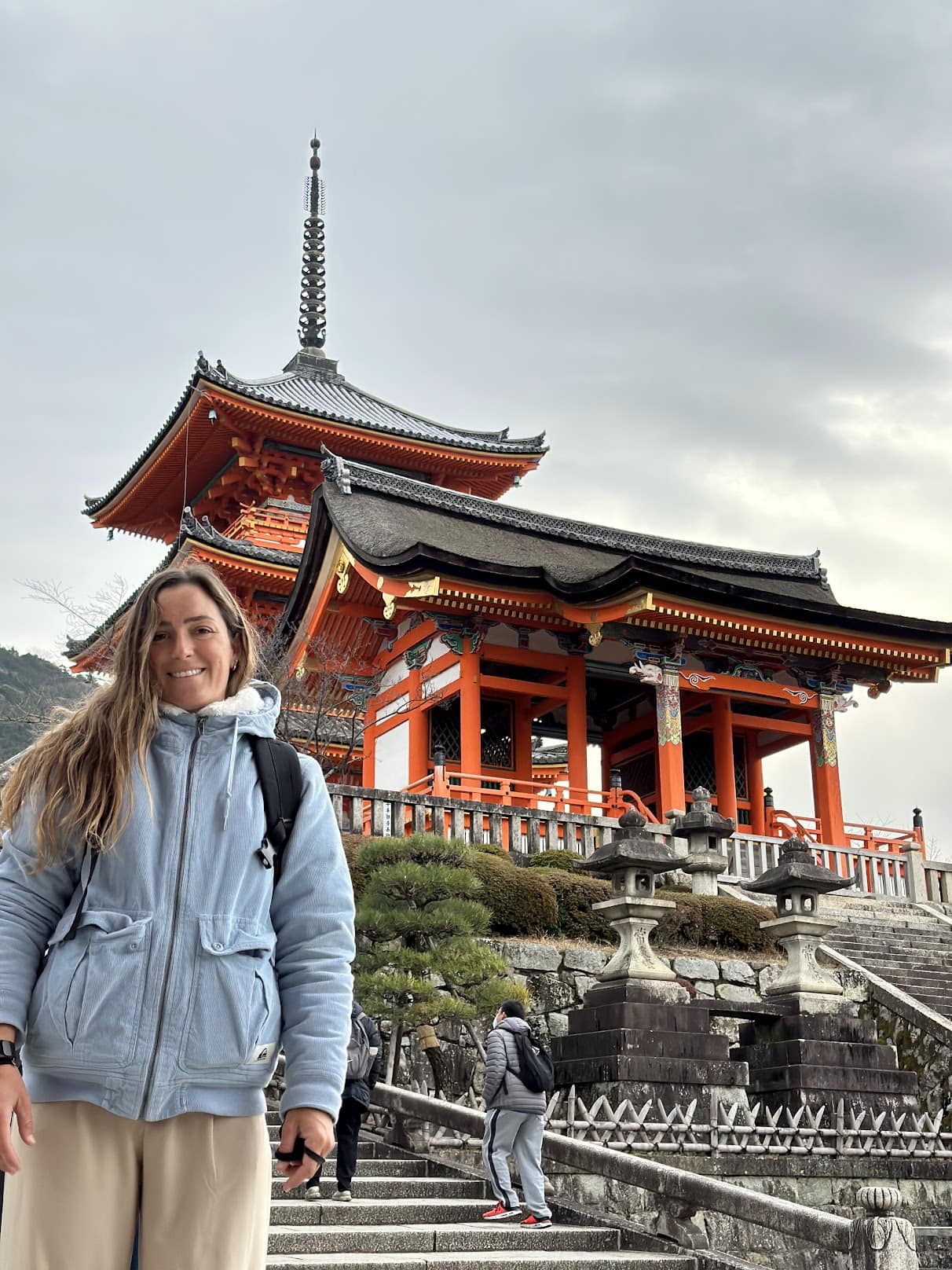
Kiyomizu-Dera Temple
It was the first place I visited and it left me speechless. I started my temple tour with this one and I think I wouldn't have done it any other way. There's a paid area to see, but since I was in a hurry, I decided to stick with the free part, which was already quite impressive on its own.

Hokan-ji
On my way to the next temple, I stumbled upon this one that wasn't even listed on Google Maps as one of the "major temples." It's tucked away in narrow alleyways and, as you can see in the photo, it's particularly tall and imposing.

Chion-in temple
I stumbled upon this temple by chance while on my way to the Heian Shrine, just like the previous one, and I think it's worth visiting and at least taking a photo with it.

Heian Shrine
This temple is quite far from everything, but it's incredible. It has a super large entrance, as seen in the photo, and then the temple continues inside like a kind of inner courtyard.

Sanjusangendo Temple
This Buddhist temple may not catch your attention from the outside as it's not very beautiful, but it has an exhibition inside with several unique pieces that are worth seeing, and the best part is the 1001 sculptures of Buddhas. This temple was founded in 1164!

Tofuku Ji Temple
Another temple that I stumbled upon by chance and really liked was inside a complex of temples with gardens.

Fushimi Inari-taisha Shrine
Well, a picture is worth a thousand words, right? The walk is quite long, passing through these sculptures in the midst of the forest... It's so beautiful!

Bamboo Forest
If you don't encounter too many people, it's a magical place. Admission is free and, if I'm not mistaken, it's open 24 hours. To get here, I took the train as it was quite far to go by bike with the limited time I had.
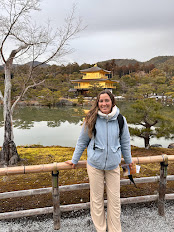
Kinkaku-ji
This was the last temple I visited. I did it at sunset, as the sun was setting and just before the park closed. It was completely unplanned as I hadn't realized it would have a closing time, so be mindful of that. In any case, it was an amazing coincidence to stumble upon it at sunset, as the last rays of the day illuminated the temple, creating a magical moment.
MIYAKOJIMA
I went to Miyakojima for a work-related competition, which is a 3-hour flight from Tokyo. It’s an island with beautiful beaches like Fuerteventura but with forests reminiscent of Avatar or Narnia.
Among the activities we could do (since it’s still developing as a tourist destination), we went snorkeling, visited a cave with snakes (we found out about the snakes once inside the cave, and it scared me to death), and I also did wingfoiling and kitesurfing.
Basically, Miyakojima is like going from the mainland to the Canary Islands. When I was there, it was even hotter than Fuerteventura at the same time. The sun is extremely intense, so please remember to wear sunscreen, a hat, and sunglasses to protect yourself from sunburn.
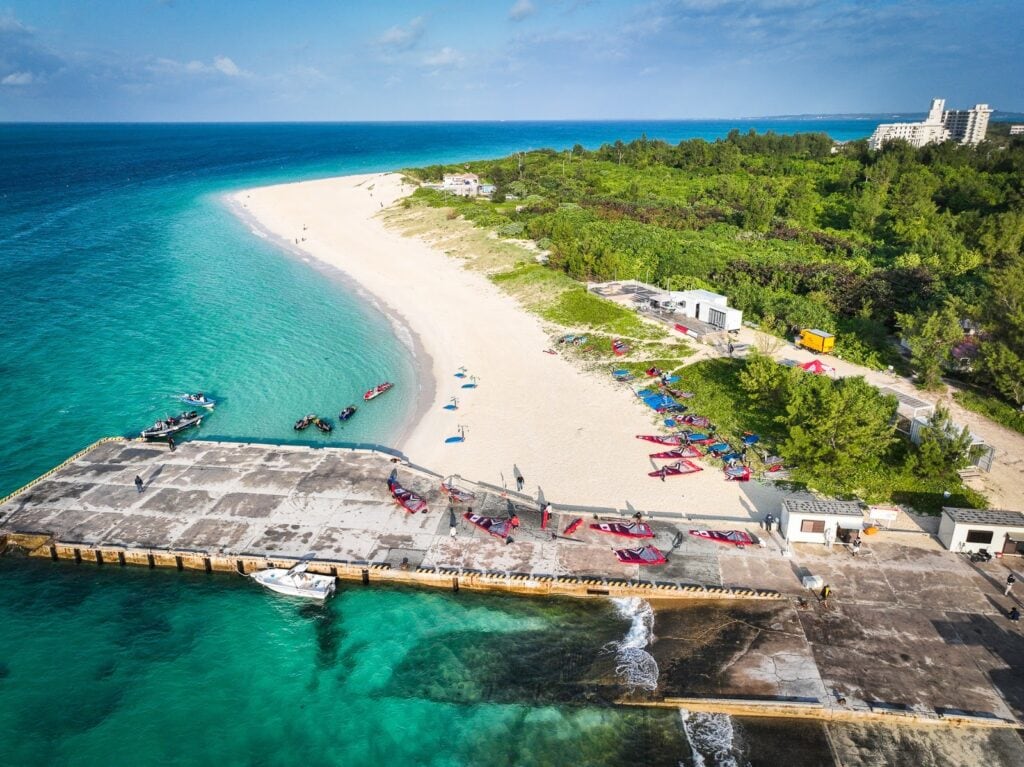
WHERE TO EAT
We spent little time on the island, so I didn’t have much time to explore, but I ate at these two places and really liked them:
- 島唄楽園美ら美ら. We were taken to this traditional restaurant on the day of the competition’s inauguration. There were two women playing the “Shamisen” (Japanese guitar) and singing typical songs.
- Captain Marians. Meat and fish, more European cuisine, if I remember correctly, the owner is American:
- Hotel Local Base. This is the hotel where we stayed and they also have delicious food there.
WHERE TO SLEEP
Hotel Local Base. This was the hotel where we stayed during the competition, and I loved it. Basically, you’ll have your own apartment with a bedroom, living room, bathroom, terrace, and outdoor shower. You can have delicious breakfast, lunch, and dinner, and they have an amazing bartender: https://goo.gl/maps/ixT9YYSeQuz5HuKb9
I think the website is not translated into English yet, but it will be soon.
WHERE TO KITE/WING AND RENT EQUIPMENT
Due to lack of time and because I was there for work, I only had the opportunity to sail in one spot, but I’m sure the group of islands has many more spots for sailing:
Yonaha beach. Flat to slightly choppy turquoise blue water that gets deeper gradually, with white sandy beaches straight out of a fairy tale and vibrant green underwater plants in the background. The water is warm, I was kiting in just a bikini and it was so comfortable. I used a 12m kite and a 6m wingfoil… At least on the days I was there, the wind was perfect for foiling, it was like a foil paradise: https://goo.gl/maps/HdeuKZnsi5v3gNwk9
As for renting equipment, I don’t think there are places to rent at the moment, so you would need to bring your own or contact a local Japanese distributor.
I hope you enjoyed it and that you enjoy Japan as much as I did. Let me know in the comments if you ended up going, I would love to know if this blog was helpful to someone in enjoying the country.

